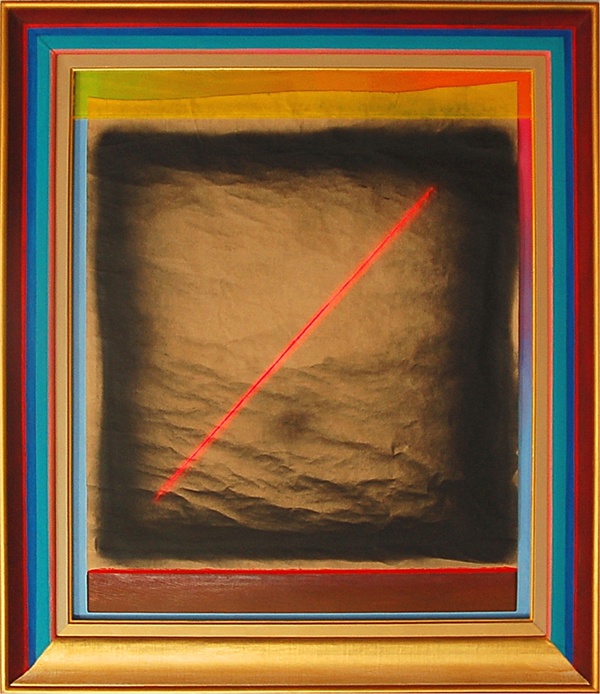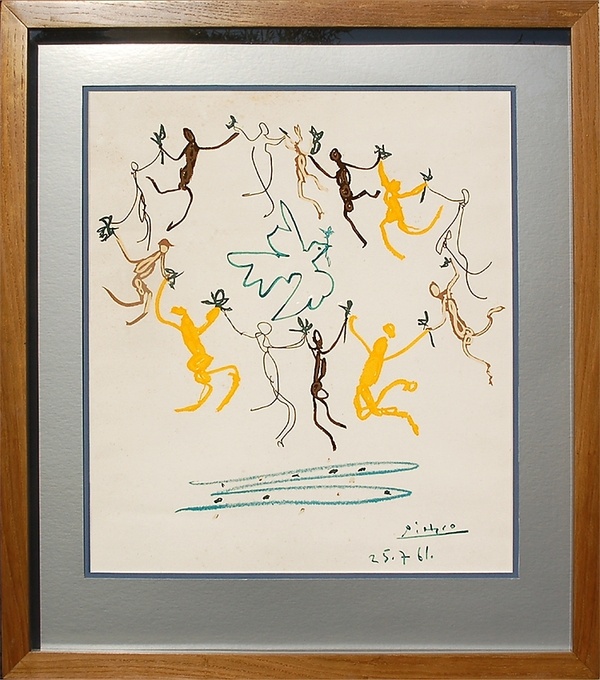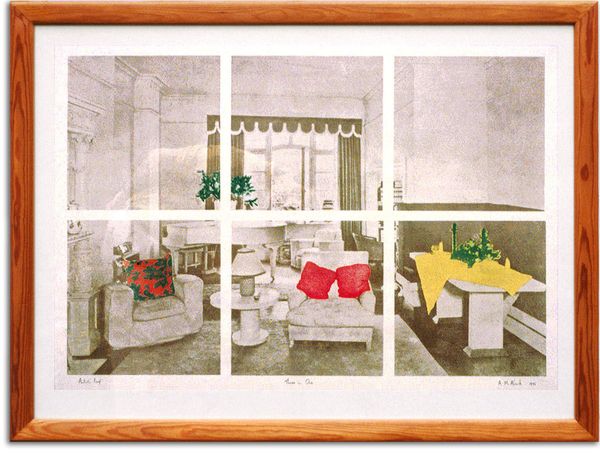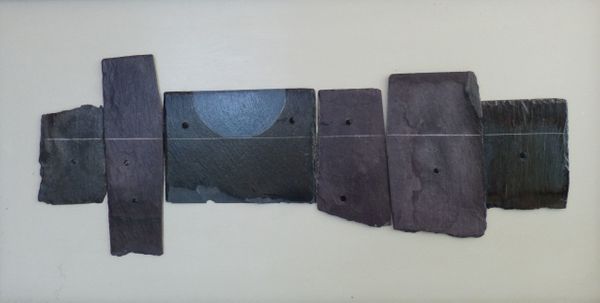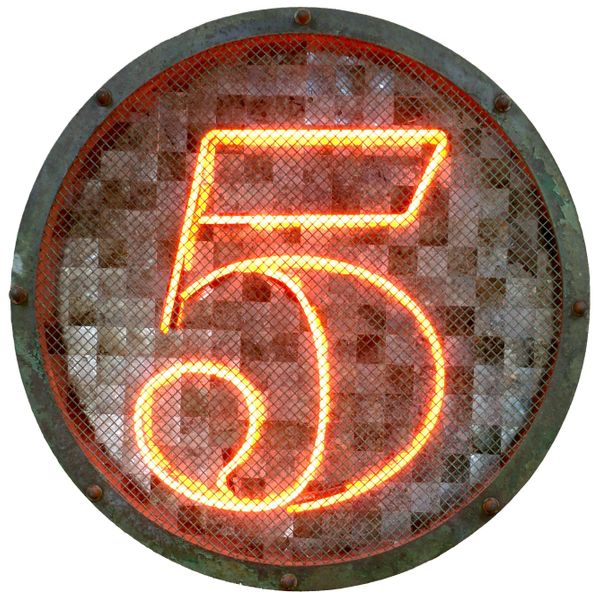
As Time Goes By - Watching, 2008
Tony Alcock
Mixed media
Original Item, 163.2 x 67.2 x 9 cm
 Offered by
Offered by AMA Artworks
Return Policy
7 day, no risk, money back guarantee
Return Policy Terms
All return shipping costs are borne by the buyer. These would include any customs fees, brokerage fees, duties, taxes, etc. These are buyer's responsibility for transit BOTH ways. Concerning a returns request to be accepted, please note the following : If you are not completely happy with the work, it must be returned within the 7 days from reception, and certainly in the same condition as it was dispatched. Please note artworks for return shipment must be carefully prepared and packed in their original packaging in order to qualify for a refund. It is therefore important that you take care when unpacking the artwork on reception. After receiving the returned artwork safely, a refund for the price paid for the artwork will be promptly and willingly provided.
About Tony Alcock
I was born in Nottingham (UK) in June 1947. My post school art education included a Pre-Dip at Loughborough followed by studying Fine Art / Painting at Leicester Polytechnic. After graduating and producing my 'Light Organ', I enjoyed a couple of years being recognized as an original and practicing artist in the UK. However, I chose to pursue life as a teacher, gaining a PGCE from Bristol University, where I later briefly lectured in Art education.
Circumstances changed and I found myself working as a musician, became a music shop owner and eventually worked in a successful graphics based company, MOGO UK. From 1993, I was able to reactivate my artistic ambitions, identifying myself as AMA, I've always liked the symmetry of my initials. Most all the work on this Artlimes website will have been produced after 1993.
I hope you enjoy and get into the work you see, it can then speak for itself.
By the way, whatever you think about the art, I'm very good at wrapping up, packaging and dispatching the finished article!About the Product
Green felt was stuck onto a sheet of 15mm thick plywood to make a work-surface which doubled as protection to a dining table, that was in 1975, and very efficient it was too. In 2006 the table and work surface were relegated to take their place on an outside terrace at my home in the south of France. They used to boast three hundred days sunshine in that part of the world but when it rains it rains! After five years of rain finding its way between the table top and the covering surface, the protective green felt was becoming home to range of fungal growth.
Lying in bed in contemplative mood, I would gaze out through the large french windows whose glass was divided into panes by by slender wooden mullions. Outside the pine tree branches would wave stiffly interrupting the otherwise long-distance view. With very few visual elements in evidence, I came to recognise that I was, in fact, watching the passing of time.
The combination of this now, visually interesting, fungal felt covered plywood panel, a pine kitchen-unit carcass providing three apertures and strips of Ipé wood lying around my studio was enough to provide concrete ideas as to how my prostrate bedroom observations could materialise into an art work. Just because one is lying in bed, it doesn’t mean one's not working!
The mangy, green strip of felt, mutated by time and climate, had become an expression of moments in time to which I chose to add some particularity by placing a random selection of discarded images and off-cuts lying around my studio. Each object was pertinent in its time, be it a numeral, a saxophone reed or images of naked young ladies; associations with such things would pass through the artist’s mind from time to time. The addition of LED lights, changing colour in a time sequence, helps extend the idea of the passing of time.
Finally, the addition of some painted fabric, representing curtains, helps identify these three divisions as windows - apertures through which one can look and, yet when closed, hide whatever may be in existence beyond. These material additions help focus on the central panel, perhaps the ‘now’, with the two outside panels representing the ‘before and ‘after’. This narrow landscape format attempts to express something of ‘time going by’ whilst we, the spectators, watch.

